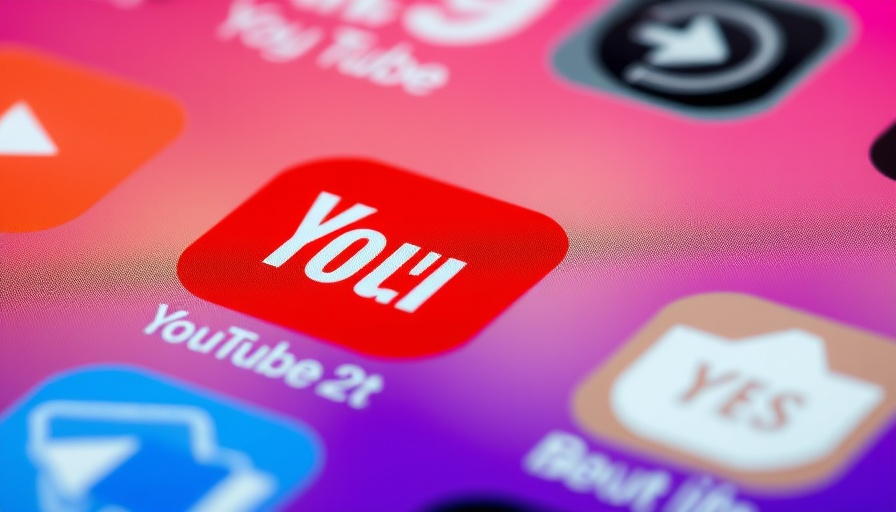
YouTube's New Feature: A Step Towards Healthier Viewing Habits
YouTube, the global video-sharing platform, is rumored to be working on an intriguing new feature aimed at combating addiction to its short video format, popularly known as Shorts. In a time when social media usage is under scrutiny for its impact on mental well-being, YouTube is exploring solutions that may help users manage their screen time more effectively.
Understanding the Daily Timer Concept
The feature being considered would allow users to set a daily timer to limit the amount of time they spend on Shorts. Reports suggest that this feature, once implemented, would potentially pause the viewing of Shorts after a user has consumed their allotted time for the day. Interestingly, however, individual Shorts would still be accessible even when the timer has expired, making this feature not entirely restrictive but supportive in promoting healthy viewing practices.
The Rise of Digital Well-Being Tools
YouTube's exploration into this feature comes amidst a broader trend where tech giants are taking proactive measures to help users combat social media addiction. Apple and Google, for instance, have developed tools that allow users to track their screen time and set limits on app usage. These features have gained traction as individuals increasingly report feelings of overwhelm due to excessive scrolling and engagement with digital media.
Addressing the Doomscrolling Phenomenon
The term 'doomscrolling' has become a part of our modern lexicon, describing the compulsive act of scrolling through negative news and content, often leading to mental fatigue. YouTube’s introduction of a daily timer is a direct response to the growing concern regarding how much time users dedicate to their platforms, especially when that engagement can potentially take a toll on their mental health.
How Does This Feature Compare to Existing Tools?
YouTube currently offers a “Take a Break” reminder feature aimed at users of longer video formats. This move to add a timer for Shorts reflects the platform's understanding that engagement with short-form content can also lead to mindless consumption. Similar tools, like app lockers designed to momentarily deactivate access to social media apps, represent a growing industry effort to promote digital well-being.
Potential Risks of Limiting Content Access
While limiting screen time appears beneficial, some argue that implementing such a feature could have unintended consequences. Users may become reliant on workarounds or seek alternative platforms that do not impose such restrictions, thus counteracting YouTube's intention to cultivate healthier habits. This argument emphasizes the need for a balanced approach in technology designed for well-being.
Future Predictions: What This Could Mean for Content Consumption
Looking ahead, the implementation of a daily timer may set a precedent for other platforms to follow suit in designing features that promote mindful usage of their apps. As social media consumption becomes increasingly scrutinized, tech companies may need to innovate faster to respond to user demands for healthier relationships with technology.
Actionable Insights for the Audience
For users keen on better managing their screen time, it’s essential to actively engage with the tools offered by platforms like YouTube. Setting personal limits and adhering to reminders can enhance the viewing experience and promote mental well-being. As consumers, it’s crucial to advocate for features that support a balanced digital lifestyle, pushing technology companies to prioritize mental health in their designs.
Closing Thoughts: The Importance of Digital Well-Being
YouTube's potential move towards implementing a daily timer for Shorts highlights the importance of digital well-being and the role that tech companies must play in addressing user addiction to their platforms. As we continue to navigate this digital age, embracing features that promote moderation can pave the way for more meaningful online experiences. Considering the importance of screen time management in today’s world, finding a balance and advocating for thoughtful tech solutions is imperative for a healthier future.
 Add Row
Add Row  Add
Add 



Write A Comment